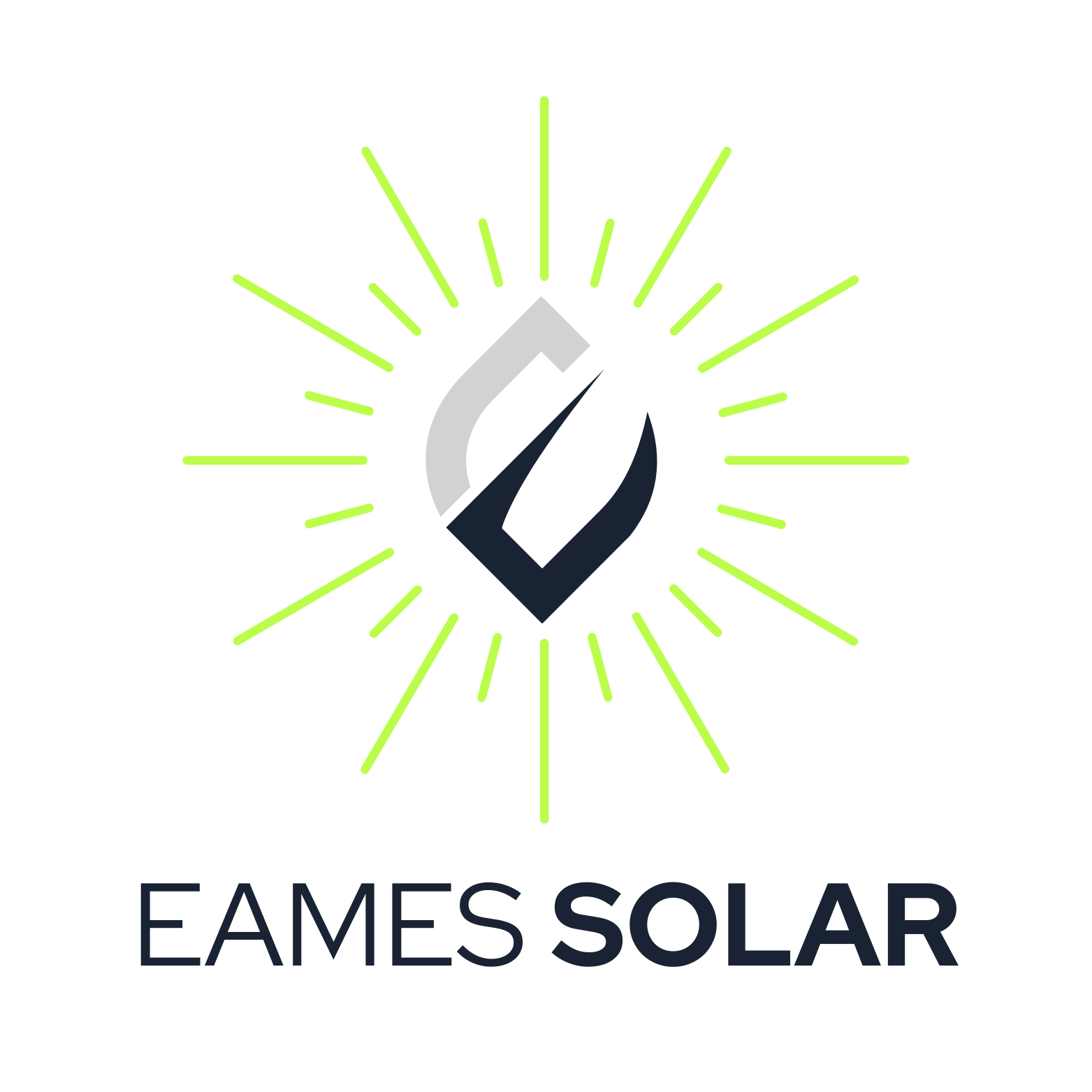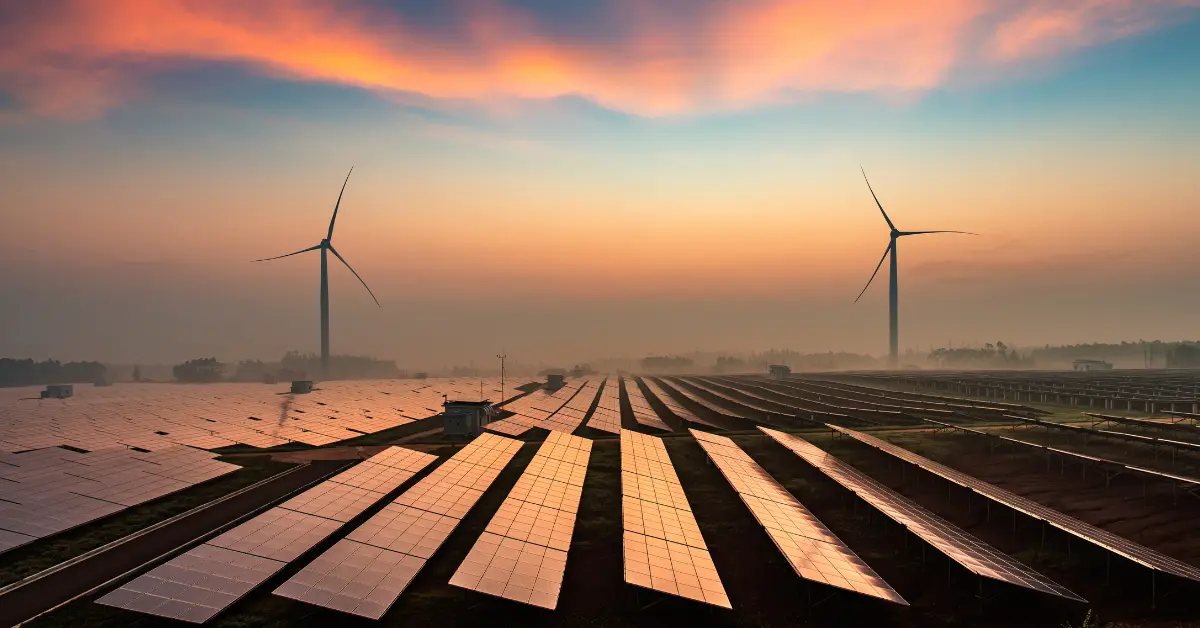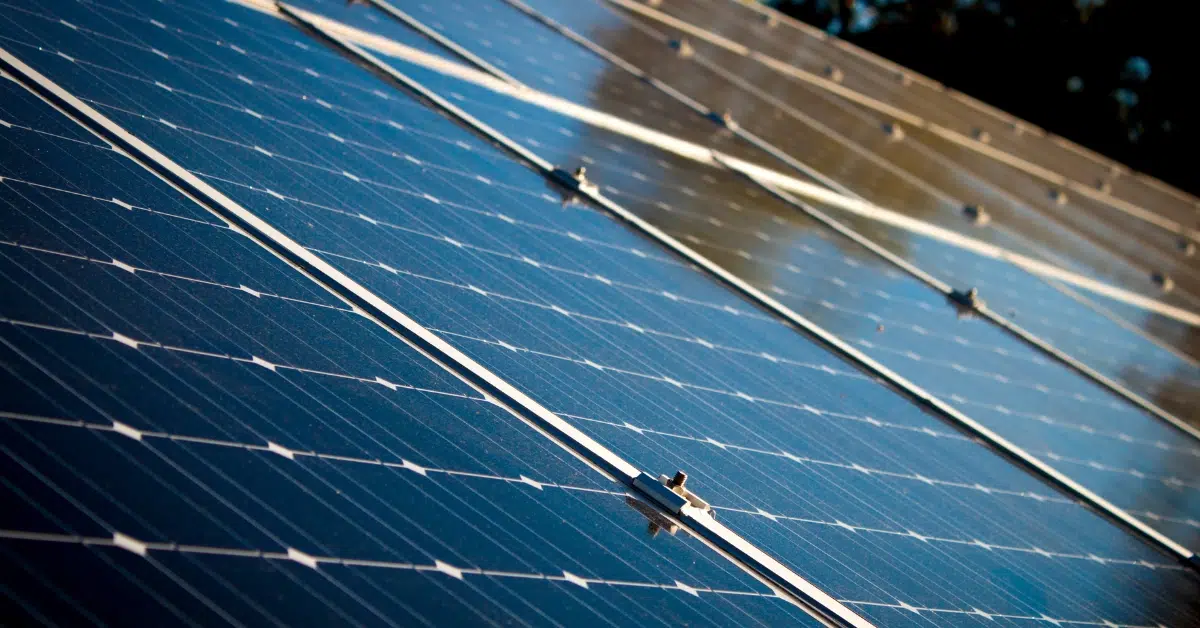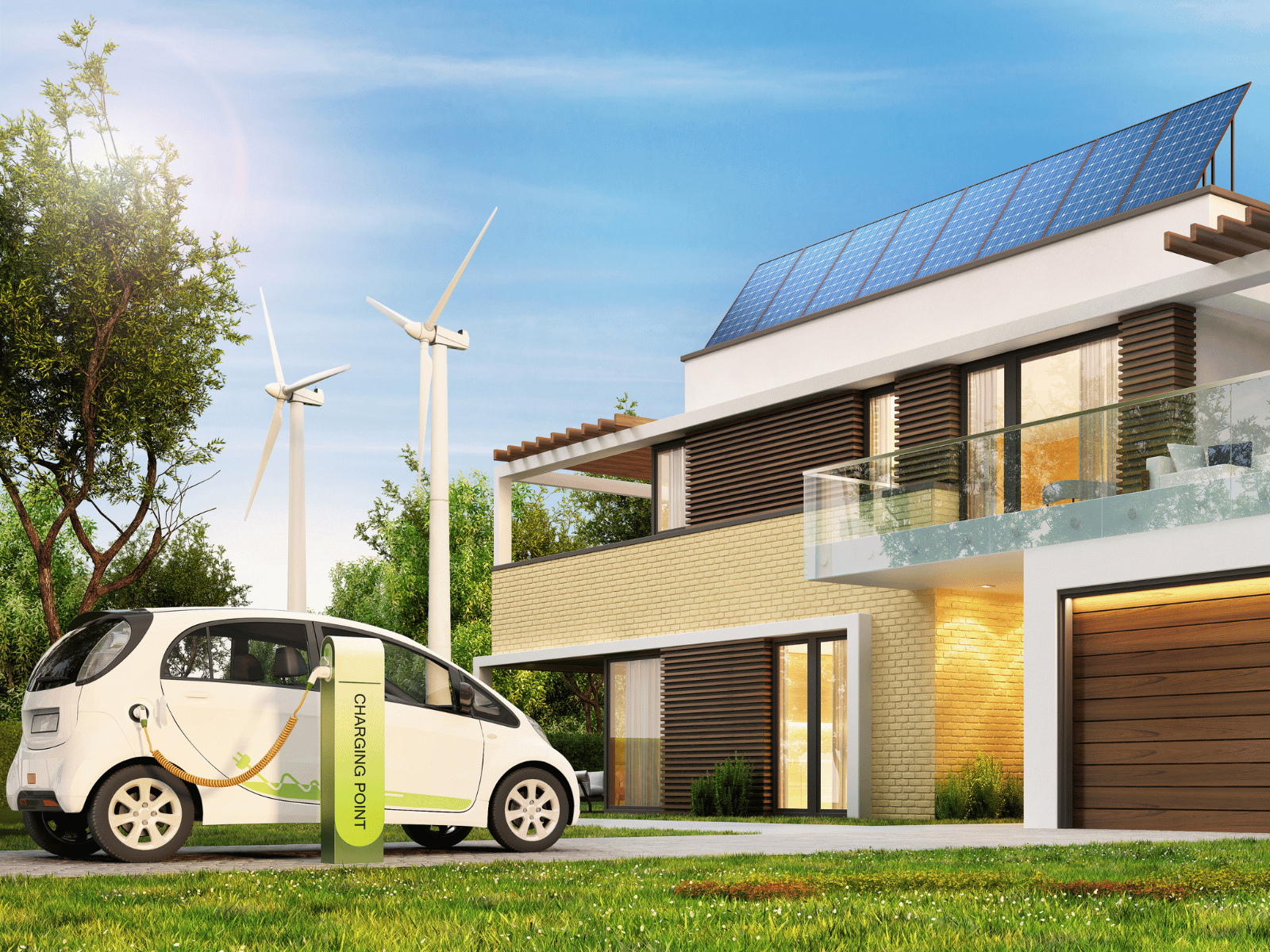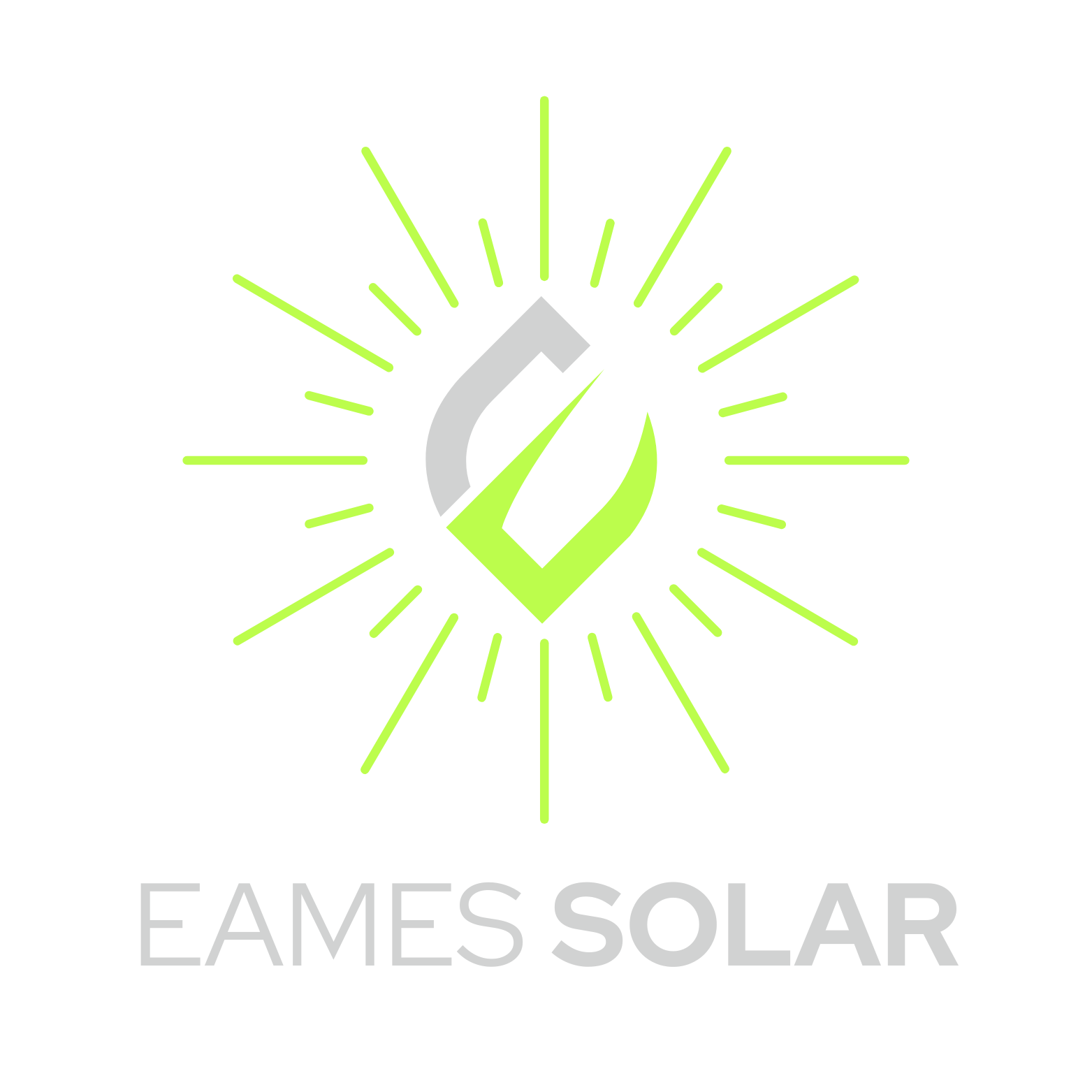Oklahoma has seen a surge in interest in solar power, with many homeowners turning to solar companies in Oklahoma to reduce energy costs and environmental impact. Understanding key aspects before installing solar panels at home is crucial. Solar energy offers numerous benefits, including protection against rising power costs and increased home value. Oklahoma receives around 230 days of sunshine per year, making it an ideal location for solar energy. The state has installed over 99.6 MW of solar projects, providing significant energy savings and reducing carbon footprints.
Understanding Solar Power in Oklahoma
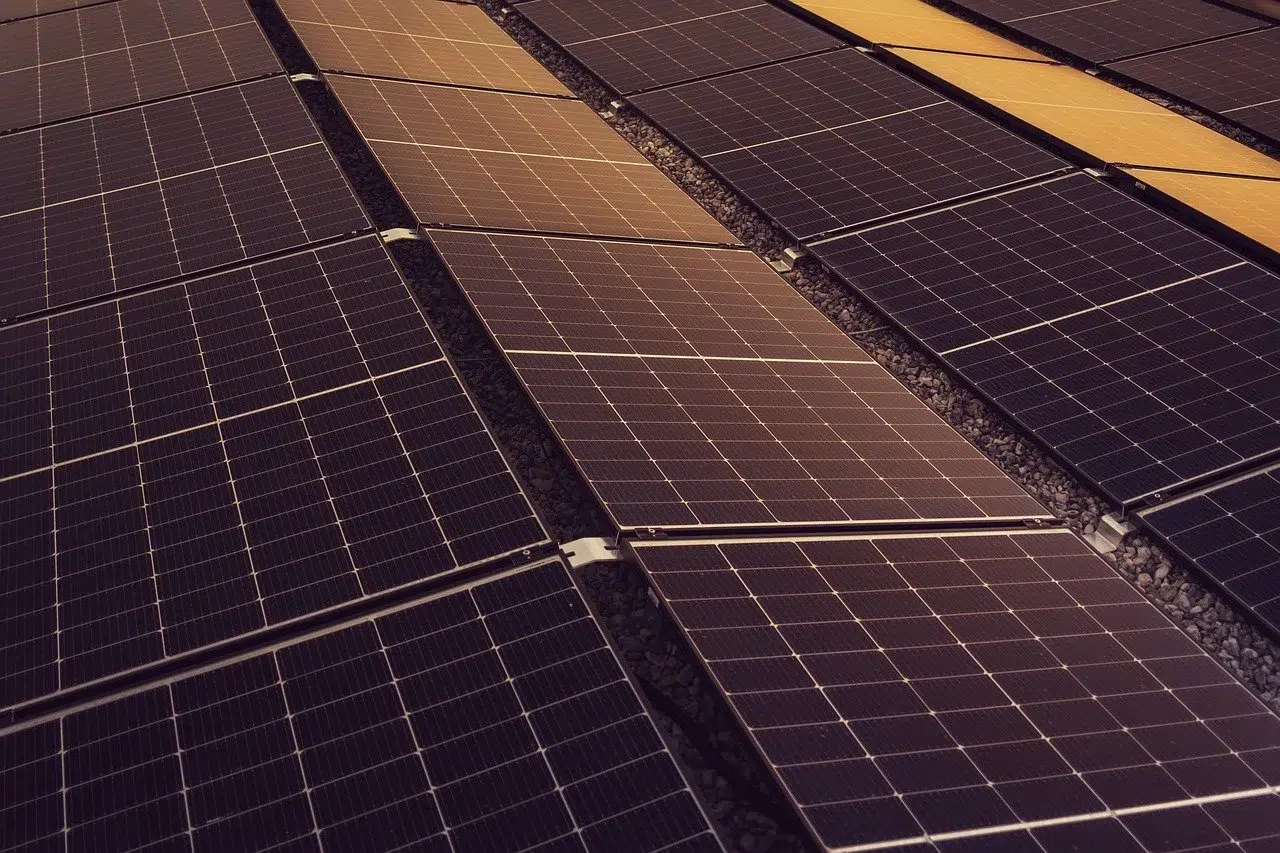
How Solar Power Works
Photovoltaic Cells
Photovoltaic cells convert sunlight into electricity. These cells contain semiconductor materials, typically silicon. When sunlight hits the cells, it excites electrons, creating an electric current. This process forms the basis of solar power generation. Oklahoma benefits from abundant sunlight, making photovoltaic cells highly effective.
Solar Panels and Inverters
Solar panels consist of multiple photovoltaic cells connected together. These panels capture sunlight and convert it into direct current (DC) electricity. However, homes use alternating current (AC) electricity. Inverters play a crucial role by converting DC electricity from the panels into AC electricity for home use. Oklahoma City homeowners often choose efficient inverters to maximize energy conversion.
Types of Solar Power Systems in Oklahoma
Grid-Tied Systems
Grid-tied systems connect directly to the local utility grid. These systems allow homeowners to use solar power during the day and draw electricity from the grid at night. Excess energy generated during the day can be fed back into the grid, often resulting in credits on the electricity bill. Many residents in Oklahoma prefer grid-tied systems for their simplicity and cost-effectiveness.
Off-Grid Systems
Off-grid systems operate independently of the local utility grid. These systems store excess energy in batteries for use when sunlight is not available. Off-grid systems require careful planning and sufficient battery storage to ensure a continuous power supply. Rural areas in Oklahoma sometimes favor off-grid systems due to limited access to the utility grid.
Hybrid Systems
Hybrid systems combine elements of both grid-tied and off-grid systems. These systems connect to the grid but also include battery storage. Hybrid systems provide greater flexibility and reliability. Homeowners can use stored energy during power outages or peak demand times. Hybrid systems are becoming increasingly popular in Oklahoma for their versatility.
Costs and Financial Incentives for Solar in Oklahoma
Initial Investment and Installation Costs for Solar Companies Oklahoma
Equipment Costs
Solar panel systems require an initial investment. The major component is the solar panels themselves. Monocrystalline panels tend to be more expensive due to their efficiency. Polycrystalline panels offer a more budget-friendly option. Thin-film panels provide flexibility but usually at a higher cost per watt. In Oklahoma, the average homeowner needs a 13.43 kW system, which costs around $32,967 before incentives.
Labor and Installation Fees
Labor and installation fees also contribute to the overall cost. Professional installers assess the site, obtain necessary permits, and install the system. Labor costs vary based on the complexity of the installation. Roof type and system size influence labor fees. Homeowners should compare quotes from different solar companies in Oklahoma to find the best deal.
Solar Panels Cost, Financial Incentives, and Rebates
Federal Tax Credits
The federal government offers a significant incentive through the federal solar tax credit. This credit allows homeowners to deduct 30% of the installation cost from federal taxes. This tax credit reduces the initial investment significantly. For example, a system costing $32,967 would see a reduction of approximately $9,890.
State and Local Incentives
Oklahoma solar incentives include net metering programs. These programs allow homeowners to earn credits for excess energy fed back into the grid. Although Oklahoma does not offer state tax incentives, local utility companies may provide additional rebates. These rebates further reduce the overall cost of the solar system.
Utility Company Rebates
Utility companies in Oklahoma, such as Oklahoma Gas, offer various rebates. These rebates aim to encourage solar adoption. Homeowners should check with their utility provider for available rebates. Combining these rebates with federal tax credits can lead to substantial savings.
Choosing the Right Solar Companies Oklahoma
Researching Local Solar Companies Oklahoma
Company Reputation and Reviews
Researching the reputation of solar companies in Oklahoma is essential. Homeowners should look for reviews and ratings on trusted platforms. Okie Solar, for example, has provided solar services since 2012. The family-owned company offers a free consultation to evaluate energy needs and discuss financial benefits. Sun City Solar stands out for offering Maxeon panels from SunPower, known for their high efficiency. SunPower itself has over three decades of experience and is highly rated for its durable, high-efficiency solar panels.
Experience and Expertise
Experience and expertise play crucial roles in choosing the right solar company. SunPower uses NABCEP-accredited teams for its projects, ensuring high-quality installations. Okie Solar installs top products like Mission Solar and SolarEdge, backed by a 25-year manufacturer warranty. Homeowners should prioritize companies with extensive experience and a track record of successful installations.
Comparing Quotes and Services from Solar Companies Oklahoma
Price Comparisons
Comparing prices from different solar companies in Oklahoma helps homeowners find the best deal. Labor and installation fees vary based on the complexity of the installation. Homeowners should obtain multiple quotes to compare costs. Evaluating these quotes helps in making an informed decision.
Service Offerings
Service offerings differ among solar companies in Oklahoma. Homeowners should consider the range of services offered, including warranties, maintenance, and customer support.
Solar Equipment and Technology
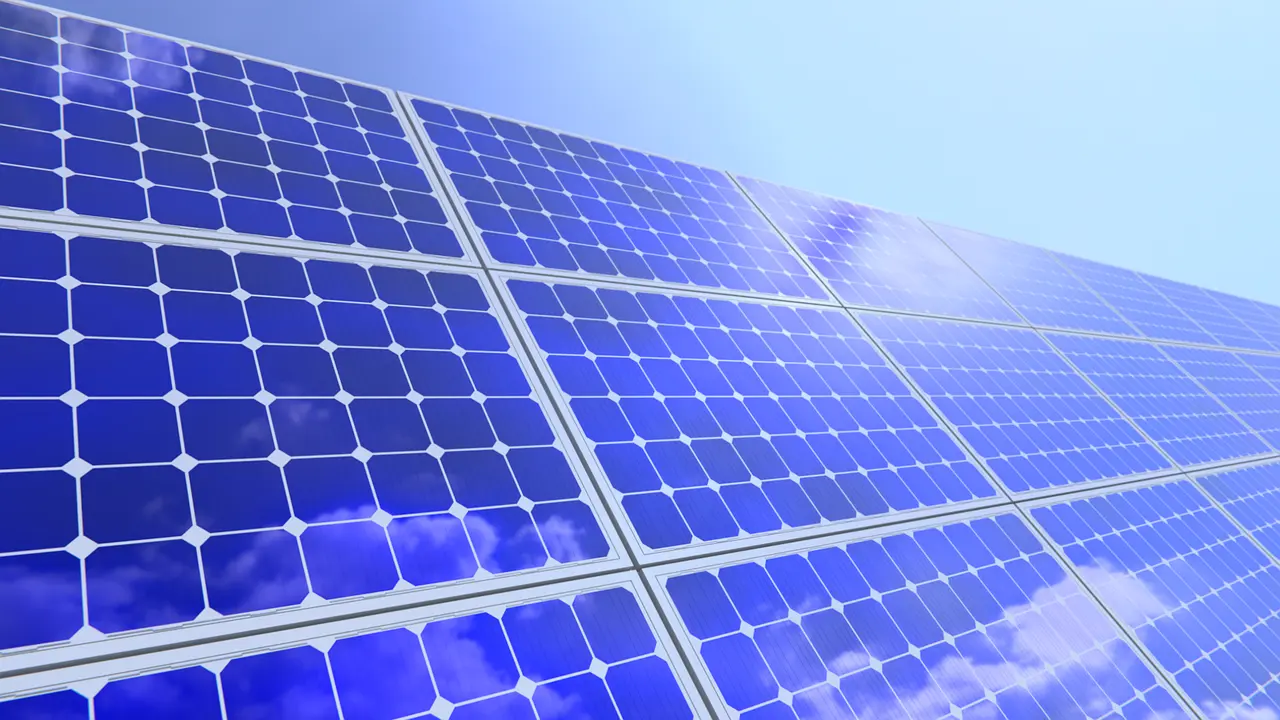
Types of Solar Panels
Monocrystalline Panels
Monocrystalline panels offer high efficiency. These panels use pure silicon, which allows them to produce more electricity per square foot. Homeowners in Oklahoma often choose monocrystalline panels for their sleek appearance and long lifespan. Although these panels come at a higher cost, their efficiency makes them a popular choice for residential solar panels.
Polycrystalline Panels
Polycrystalline panels provide a cost-effective alternative. These panels use silicon fragments melted together, resulting in a less efficient but more affordable option. Many homeowners in Oklahoma opt for polycrystalline panels due to their lower price point. These panels still offer reliable performance and can meet the energy needs of most households.
Thin-Film Panels
Thin-film panels offer flexibility and lightweight design. These panels use materials like cadmium telluride or amorphous silicon. Thin-film panels work well in diverse environments, including areas with partial shading. However, these panels usually have lower efficiency compared to monocrystalline and polycrystalline panels. Homeowners with ample roof space may find thin-film panels suitable for their solar power needs.
Inverters and Battery Storage
String Inverters
String inverters serve as a common choice for converting DC electricity to AC electricity. These inverters connect multiple panels in a series, forming a “string.” String inverters offer a cost-effective solution for many homeowners. However, shading on one panel can impact the performance of the entire string. Brands like SolarEdge provide reliable string inverters for residential solar systems.
Microinverters
Microinverters attach to individual panels, converting DC to AC at the panel level. This setup allows each panel to operate independently, improving overall system performance. Microinverters handle shading issues better than string inverters. Homeowners in Oklahoma often choose microinverters from brands like Enphase for their efficiency and reliability.
Battery Storage Options
Battery storage options enhance the flexibility of solar panel systems. Batteries store excess energy generated during the day for use during nighttime or power outages. Popular battery storage solutions include lithium-ion batteries. Brands like SMA offer integrated battery storage systems. These systems ensure a continuous power supply and maximize the benefits of solar energy.
Installation and Maintenance
The Installation Process from Solar Installers
Site Assessment
Solar installers begin with a site assessment. Installers evaluate the roof’s condition and orientation. The assessment determines the best placement for solar panels. Professionals use advanced tools to measure sunlight exposure. Accurate assessments ensure optimal energy production.
Permitting and Approvals
Permitting and approvals follow the site assessment. Local authorities require permits to install solar panels. Installers handle the paperwork and submit applications. Approval processes vary by location.
Installation Timeline
The installation timeline depends on several factors. Installers schedule the installation after receiving permits. The process usually takes one to three days. Weather conditions can affect the timeline. Timely installations ensure minimal disruption to daily life.
Maintenance and Upkeep
Regular Cleaning
Regular cleaning maintains solar panel efficiency. Dust and debris reduce energy production. Homeowners should clean panels every few months. Professional cleaning services offer benefits over DIY. Clean panels maximize power generation.
Monitoring System Performance
Monitoring system performance ensures optimal operation. Solar companies provide monitoring tools. These tools track energy production and usage. Consistent monitoring detects issues early.
Troubleshooting Common Issues
Troubleshooting common issues keeps the system running smoothly. Problems like shading or wiring faults can arise. Homeowners should inspect panels and connections regularly. Contacting professionals for complex issues will streamline the troubleshooting process. Prompt resolution ensures continuous power supply.
The blog has covered essential aspects of solar power in Oklahoma. Solar energy offers long-term benefits, including cost savings and environmental impact reduction. Homeowners should consider solar power for its accessibility and logical advantages. Choosing the right solar company ensures a smooth installation process and reliable service. Staying informed about solar technology and financial incentives maximizes the benefits of solar energy.
